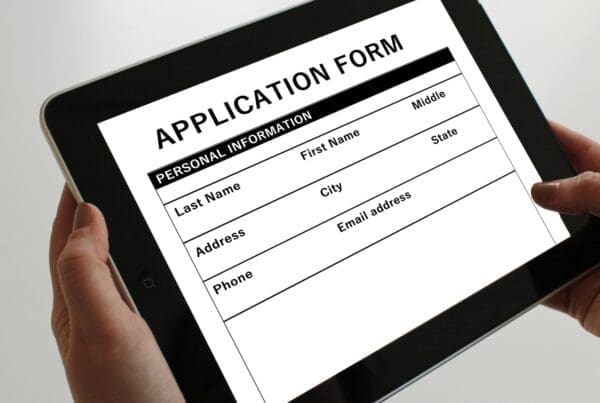Welcoming staff back to the office seems like a major step forwards towards normality, but for some members of your team, it could also be a time fraught with uncertainty and anxiety following months of lockdown, enforced business shutdowns and remote working.
Although the ideal situation is for staff to spring back into the office raring to go, the reality is that 49% of employees are feeling burnt out. This number is also rising according to a survey conducted by McKinsey, meaning many employers are being met by a team that requires a little TLC.
It’s more important than ever to pay close attention to the wellbeing of your teams, so we’ve come up with some practical tools to help you do exactly that without having to delve deep into what could be an already overstretched budget.
Designate a spokesperson
Although mental health concerns are increasingly taking centre stage in the return to work journey, keep in mind that some employees still feel that they are unable to approach their managers with any concerns or problems they may be experiencing.
According to the new ‘Keeping up Appearances: How ‘Pleasanteeism’ is Eroding Resilience’ survey, over half (51%) of UK workers say they feel under pressure to put on a brave face in front of their colleagues and hide any mental health problems that might be affecting their performance at work.
Nominating a designated spokesperson to step forward to convey suggestions to ease the transition back into the workplace and to reduce stress and anxiety removes the burden of speaking up for those who don’t feel confident being front and centre. A nominated person speaking on behalf of the team as a whole can act as a communication conduit between management and colleagues. This simple, anonymous feedback system makes it much easier to get input from even the most reticent of employees and ease everyone back into the office in a more collaborative, supportive manner.
Be aware of working hours
One of the main reasons that burnout is peaking right now is the tendency to have gone above and beyond while working remotely.
If longer hours have become the norm, it may have a positive effect on productivity at first but can seriously hinder the wellbeing of your staff over the long term. Simple measures such as ensuring breaks are taken and lunch isn’t eaten at the desk, plus a no out-of-office-hours email policy can remove the pressure or sense of obligation felt to work harder and longer post-pandemic.
Recognise that life has been hard
As you start to welcome staff back into the office environment, simply glossing over the fact that the last 18 months have been tough on everyone isn’t going to help with staff wellbeing.
By recognising that your employees have all faced challenges in one form or another (the loss of a loved one, the stress of homeschooling, struggling with isolation etc.), you can show that you are empathetic to their individual situations and are there to help support them in their struggles where possible. Return to work briefings and orientations are a great opportunity to outline support measures, such as the availability of a dedicated coach therapist or counsellor, for those requiring additional assistance.





